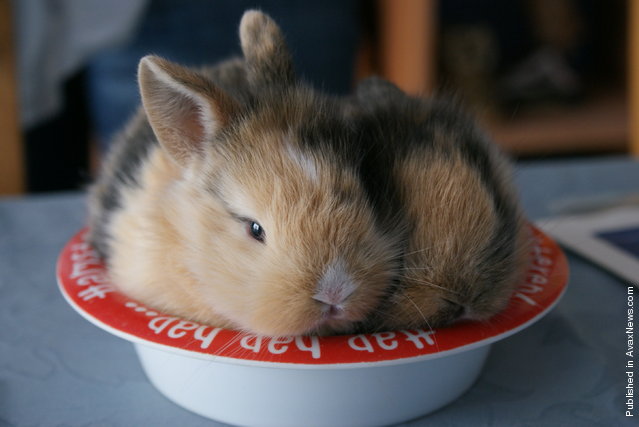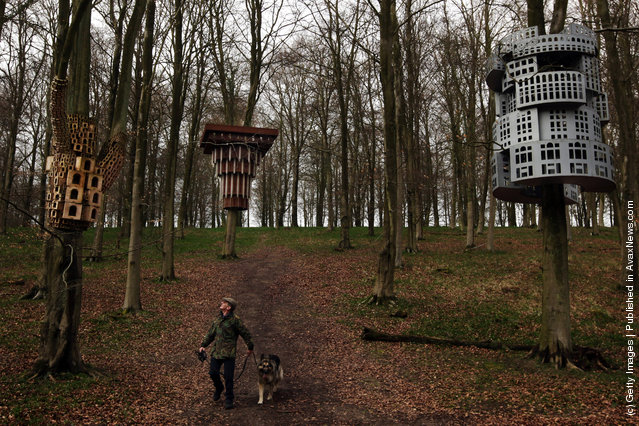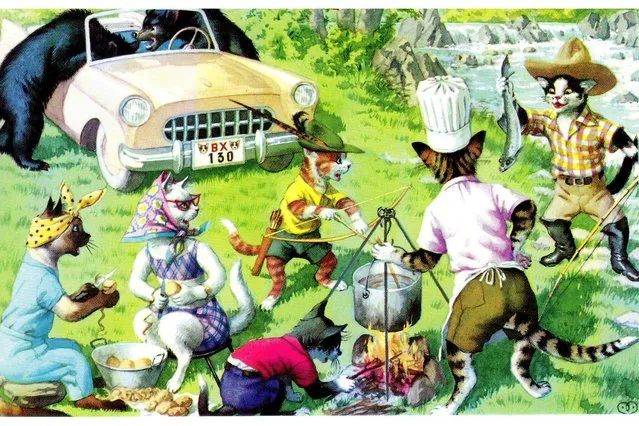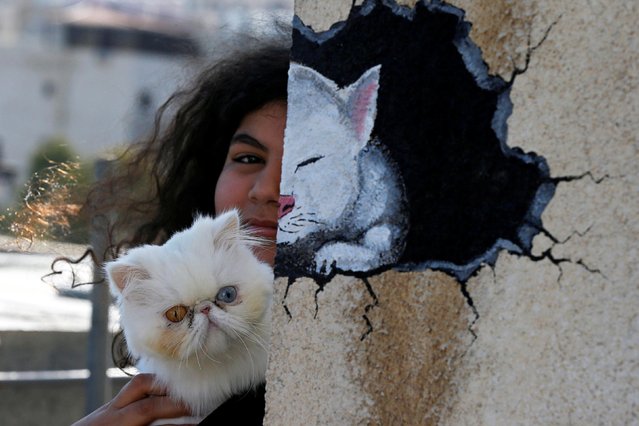
“I am not a photo reporter, so I don’t feel obligated to honour every detail. What I’m trying to achieve is to emphasize the whole potential of a shot, creating a sight that I'd like if existed.. And since it’s impossible in real life, I do it in virtual :) My work is maybe more similar to ‘photo-painting’ than photography”. – Katarina Stefanović
Photo: Pannonian spring fantasy. (Photo by by Katarina Stefanović)
Photo: Pannonian spring fantasy. (Photo by by Katarina Stefanović)
17 Aug 2012 10:17:00,post received
0 comments







